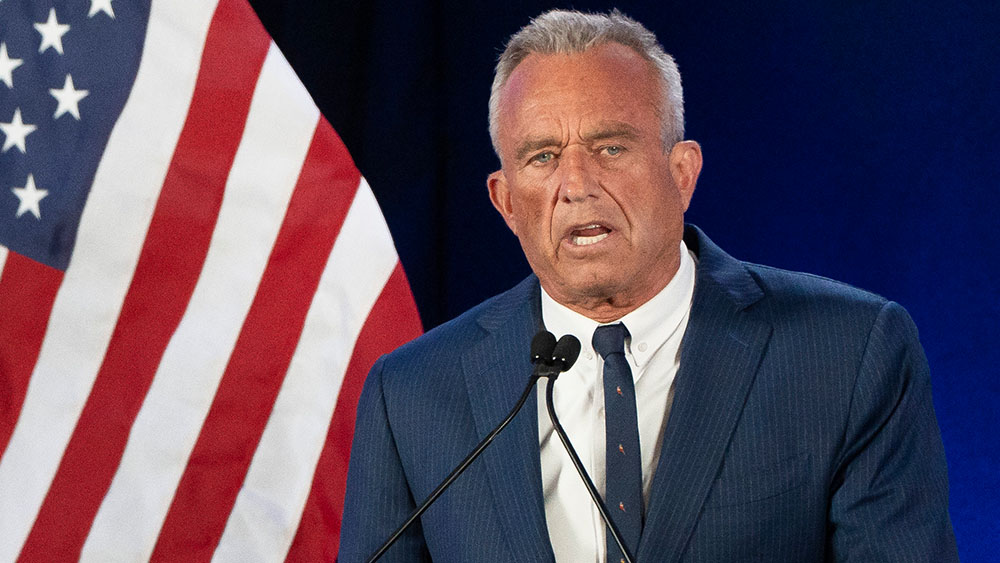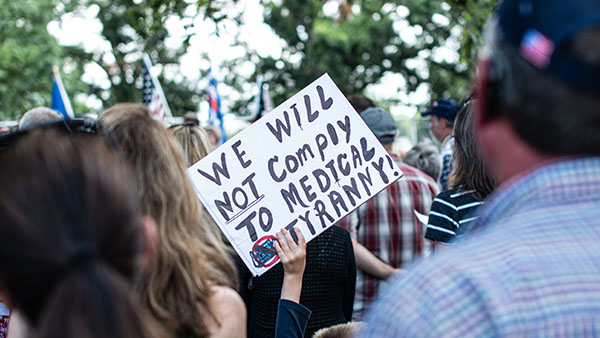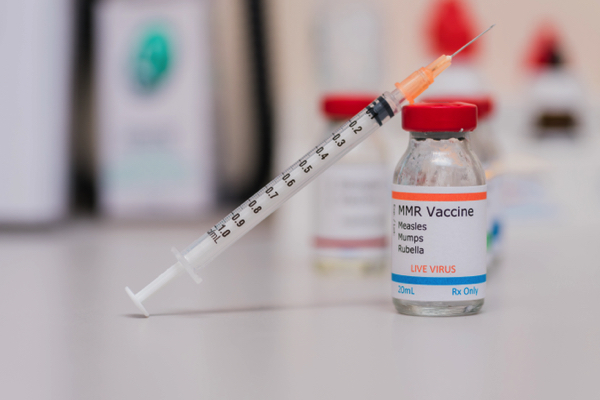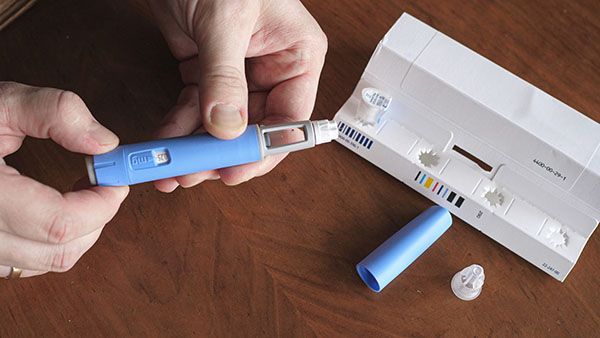RFK Jr. lays down bold plan for HHS, slashing bureaucracy and tackling chronic disease
04/07/2025 / By Ava Grace

- Health Secretary Robert F. Kennedy Jr. unveiled a sweeping restructuring of the Department of Health and Human Services (HHS), including the creation of the Administration for a Healthy America (AHA) to streamline operations and combat chronic diseases.
- The plan reduces HHS divisions from 28 to 15 and cuts the workforce from 82,000 to 62,000, focusing on root causes of illness – such as food safety, clean water and reduction of environmental toxins – while consolidating key agencies.
- The CDC will absorb the Administration for Strategic Preparedness and Response to improve emergency response, while new offices (e.g., Office of Strategy, Assistant Secretary for Enforcement) will enhance policy research and fraud prevention.
- Supporters (e.g., Dr. Michelle Perro, Sayer Ji) praise the focus on chronic disease prevention, while critics warn staff cuts could weaken crisis response (e.g., flu season, measles outbreaks) and FDA oversight, risking unsafe drugs/devices.
- The restructuring aligns with broader federal reorganization, including transferring special education (IDEA) and school meal programs to HHS, emphasizing Kennedy’s push for healthier school lunches.
In a bold move to reshape the landscape of American healthcare, Health Secretary Robert F. Kennedy Jr. announced a comprehensive overhaul of the Department of Health and Human Services (HHS) on Thursday, March 27.
The centerpiece of this transformation is the creation of a new entity, the Administration for a Healthy America (AHA). This new entity aims to streamline the department’s operations and refocus its efforts on combating the nation’s chronic disease epidemic.
Kennedy’s plan reduces the number of divisions within HHS from 28 to 15 and slashes the workforce from approximately 82,000 to 62,000. This restructuring is not merely about cutting costs; it is a strategic realignment to address the root causes of chronic illness. The new priorities will emphasize safe, wholesome food, clean water and the elimination of environmental toxins. (Related: HHS axes $350M in woke DEI grants: A long-overdue course correction.)
The AHA will consolidate five several key agencies under one umbrella, with the move aiming to eliminate bureaucratic silos and foster a more coordinated approach to public health. The offices to be merged under the new AHA are as follows.
- Office of the Assistant Secretary for Health
- Health Resources and Services Administration
- Substance Abuse and Mental Health Services Administration
- Agency for Toxic Substances and Disease Registry
- National Institute for Occupational Safety and Health
Aside from this, the Administration for Strategic Preparedness and Response – currently an independent agency within HHS – will be integrated into the Centers for Disease Control and Prevention (CDC). The integration aims to enhance the CDC’s ability to respond to public health emergencies and disasters.
HHS will also establish the Office of Strategy to “enhance research that informs the secretary’s policies and improves the effectiveness of federal health programs.” A new assistant secretary for enforcement will be appointed to combat waste, fraud and abuse in federal health programs.
RFK Jr.’s plan met with praise and criticism
The HHS restructuring is part of a larger effort by the Trump administration to reorganize federal agencies. As part of this initiative, the Individuals with Disabilities Education Act (IDEA) will be moved from the Department of Education to HHS. This shift is intended to align the IDEA program, which provides funding for special education services, with HHS’ expertise in health and nutrition.
Additionally, HHS will assume oversight of federal programs supporting school meals. This aligns with Kennedy’s pledge to eliminate processed food from school lunches.
“We aren’t just reducing bureaucratic sprawl,” the health secretary said in defense of the overhaul. “We are realigning the organization with its core mission and our new priorities in reversing the chronic disease epidemic.”
Pediatrician Dr. Michelle Perro praised the changes as actions that will “prioritize a more streamlined and effective approach to addressing the tsunami of chronic diseases now affecting most Americans.” Sayer Ji, co-founder of Stand for Health Freedom, echoed this sentiment.
Ji expressed belief that the HHS’ restructuring is “not only warranted but long overdue.” According to him, the department had long been “a key architect of policies that have harmed countless individuals, especially during the recent public health crisis.”
While proponents like Perro and Ji applaud the move as a necessary step to streamline bureaucracy and improve efficiency, others criticize it as a potential threat to public health. Sen. Patty Murray (D-WA) expressed alarm, noting that the overhaul comes as the country faces a severe flu season and a growing measles outbreak in west Texas.
Visit Progress.news for more similar stories.
Watch Megyn Kelly discussing RFK Jr.’s promise that “nothing is off limits” with his overhaul of HHS in this clip.
This video is from the Sanivan channel on Brighteon.com.
More related stories:
HHS and FDA launch groundbreaking chemical contaminants transparency tool.
HHS Secretary Robert F. Kennedy Jr. directs FDA to tighten food ingredient safety rules.
Sources include:
Submit a correction >>
Tagged Under:
Administration for a Healthy America, agency overhaul, big government, bureaucracy, chronic disease, downsizing, freedom, government response, health freedom, HHS, Liberty, MAHA, progress, Public Health, Robert F. Kennedy Jr., White House
This article may contain statements that reflect the opinion of the author





















